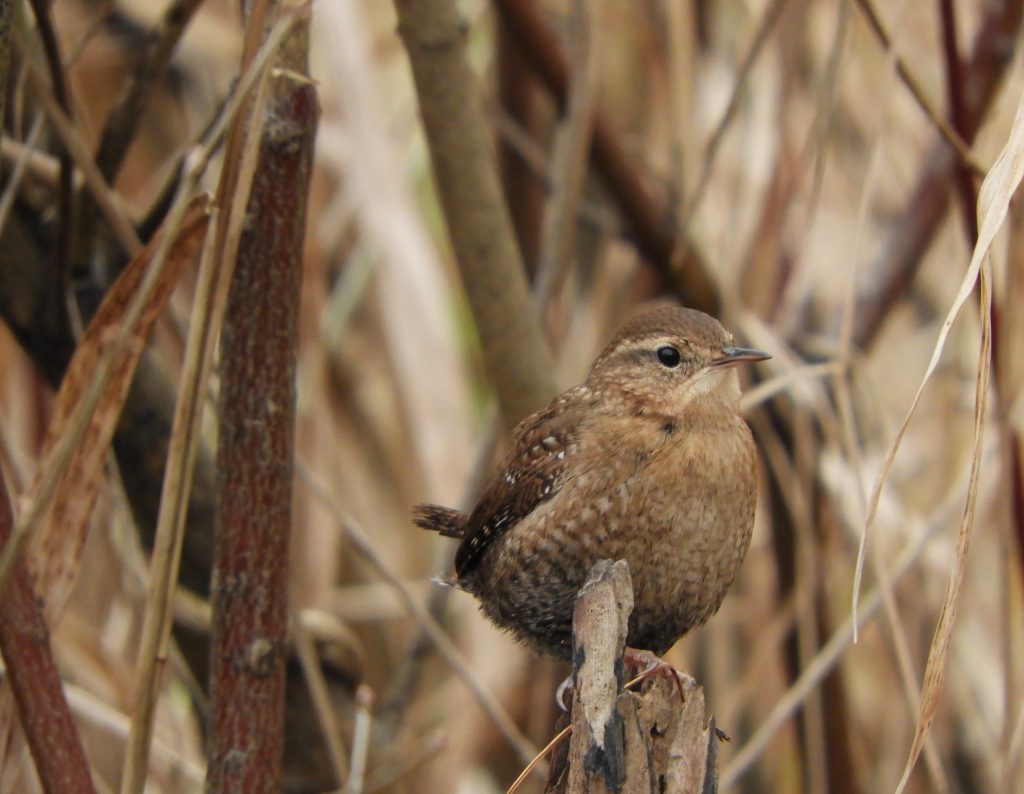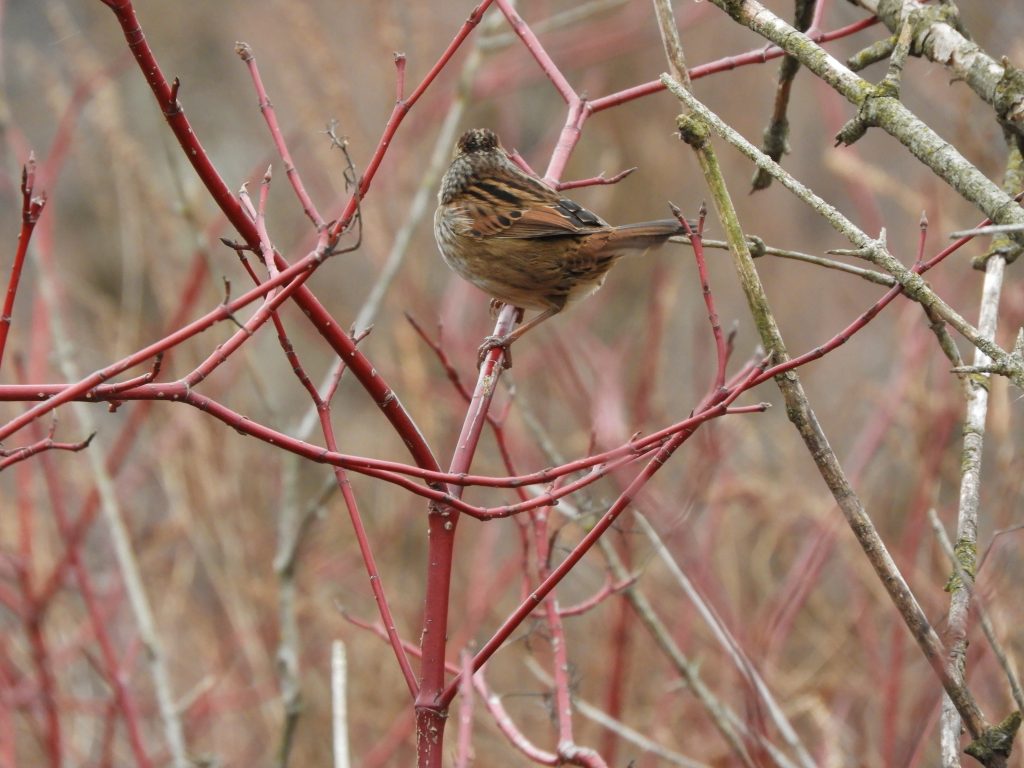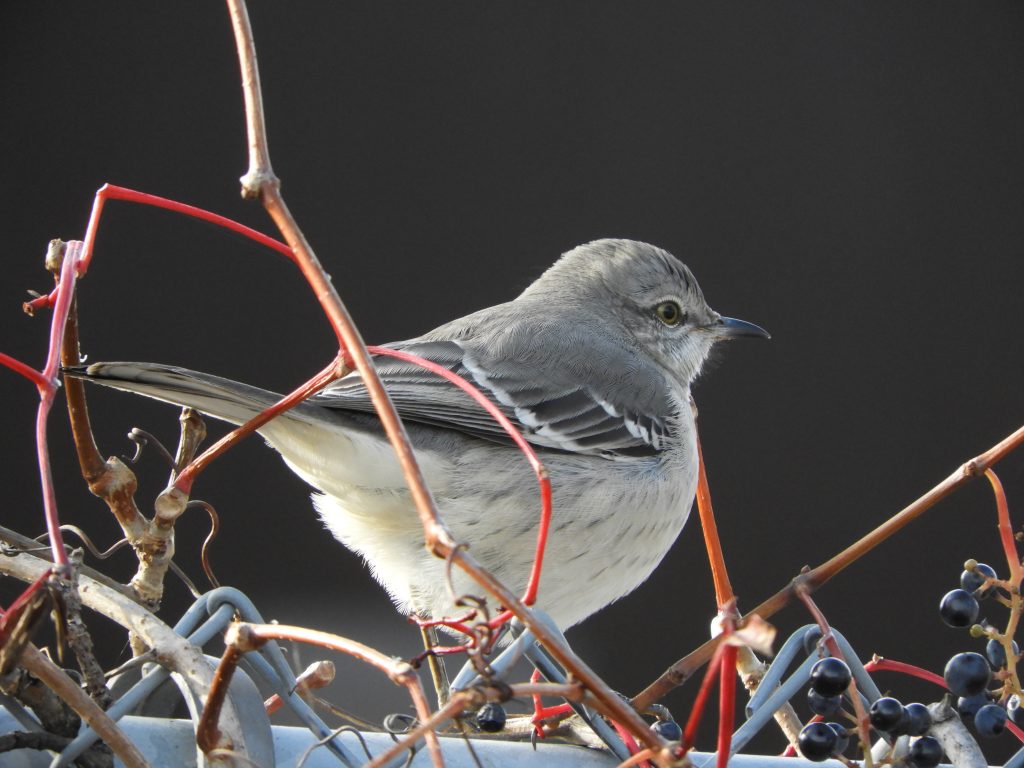November 29th. 2018, Hendrie Valley, RBG, Burlington, ON. Well here we go again, Winter Wren, Bird of the Day. How can I possibly say that I don’t have a favourite bird when Winter Wrens pop up here so frequently. I did a quick archive check and, since 2011, I have Winter Wren’d in Bird-of-the-Day-Winter at least ten times. My first one was actually a Pacific Wren, but it still counts. It probably hatched as a Winter Wren but shortly became a Pacific Wren thanks to a decision by the arbiters of nomenclature to split one species (Winter Wren) into three. Now, what was just Winter Wren, (Troglodytes troglodytes, a deliciously descriptive name by the way, say it to yourself a few times), became: The Wren (in Europe) and Winter Wren and Pacific Wren in North America. ( T. troglodytes , T. hiemalis and T. pacificus respectively.)
Well it’s not my favourite bird, although whenever I see or hear one it’ll usually stop me in my tracks. It’s a tough, golf-ball size creature with an outsized personality and a sibilant, thread-like song that carries far through its woodland home.
Today’s Winter Wren came as I walked a soggy path that lay between a small but fast-flowing creek and a wide and shallow ox-bow lake. The two bodies of water were linked by a muddy trail and slide used nightly by beavers, the wren was keeping watch over it I think. It’s usually hard to follow a wren for more than a few seconds as they make their way down and around the tightest forest-floor tangles, almost as if wings are redundant. But this one seemed to take sentry duty seriously. Here it is.
This walk on an early winter day along familiar trails (it’s where we have been doing regular transect counts in September and October) was quite rewarding. I was curious to see what was left after the great autumnal exodus. The large ponds were partly covered with ice but there was more than enough open water for a couple of Belted Kingfishers and a Great Blue Heron to be staying around, at least for a while. I was delighted to see two Swamp Sparrows, my presence agitated them for a while and I was able to add to my list of not-quite-good-enough photos, like this.

Since September we had been keeping an eye on a family of Trumpeter Swans, two adults and three cygnets, and I found them quite easily. For now, they are still dependent on their parents for learning the ways of the world and with the exception of one trailing cygnet the family stayed together as a tight group. The young are full grown and in a stage of plumage change that will lead into snowy white by next summer.

As a sort of postscript, I found this picture on my camera of a Northern Mockingbird. I remember taking the shot almost three weeks ago but hadn’t expected it to be quite as pleasing as it is.